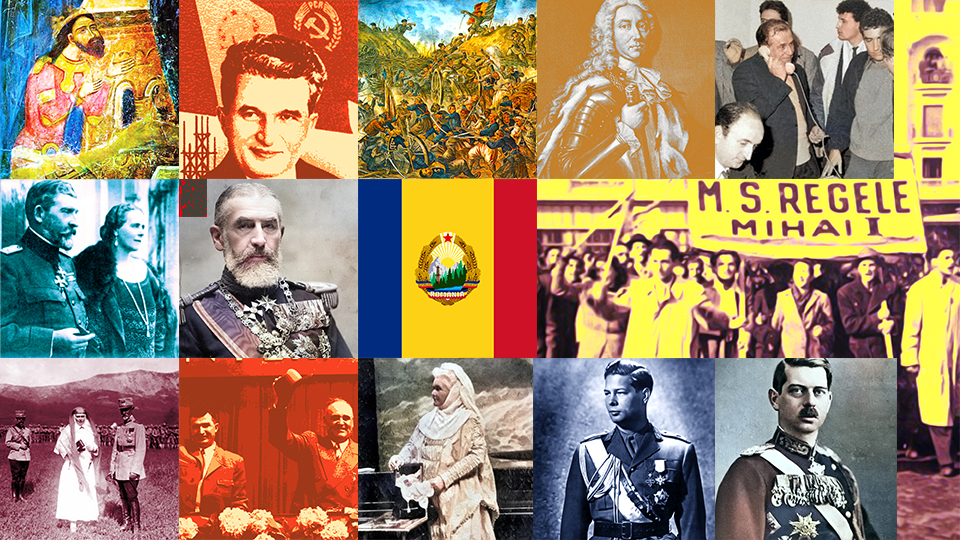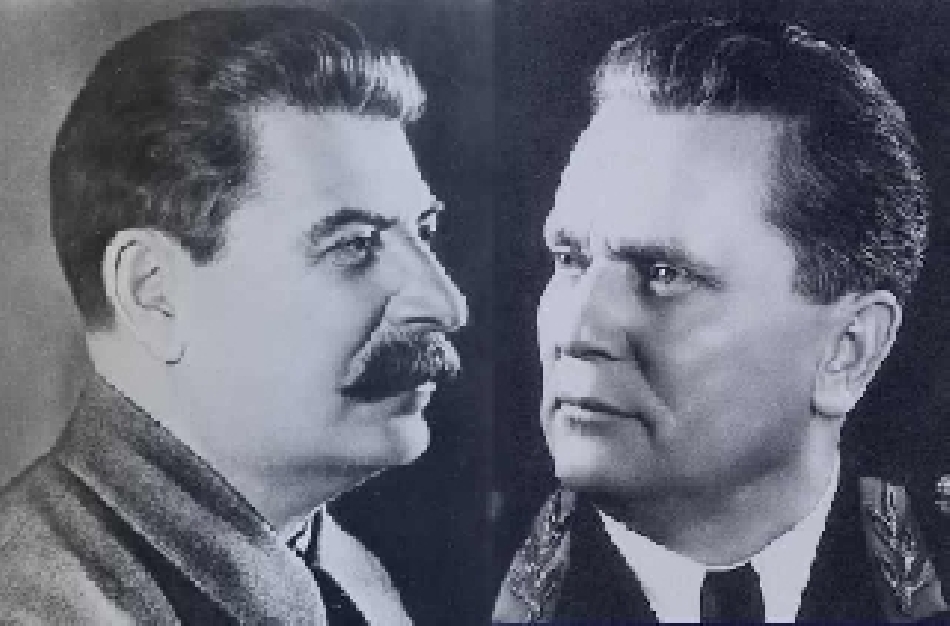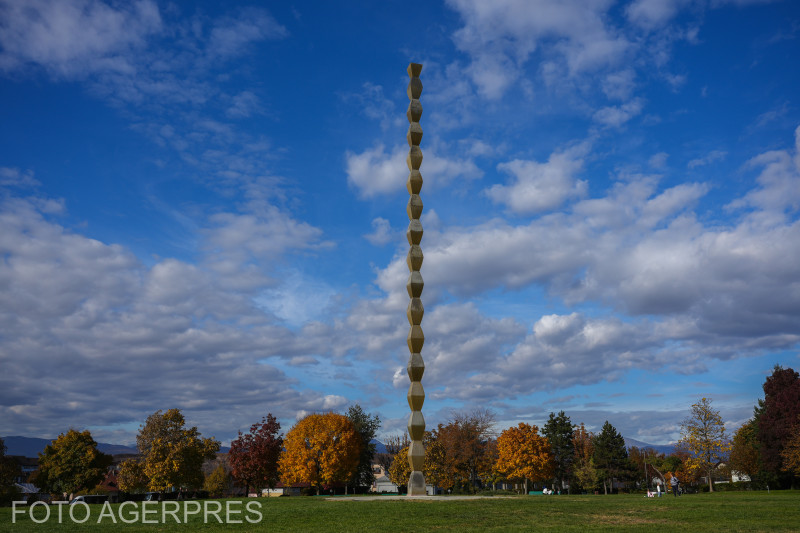The Oradea Citadel
Medieval citadels and fortresses are today sites of particular interest for tourists, and Romania has some spectacular examples in this respect. One of them is in Oradea, on the countrys western border

Ștefan Baciu, 10.10.2016, 13:29
The Oradea citadel is largely viewed as a unique architectural landmark of the country, and one of the few buildings of its kind still in use today. Legend has it that the citadel of Oradea was impregnable, because it had complex underground networks of tunnels leading to safe remote locations.
The citadel of Oradea has an old history, marked by events that have transformed it. The king Ladislas I of Hungary, who ruled between 1077 and 1095, built it. Referred to as a “castrum in the Latin-language documents of that time, the citadel had an embankment and palisade, stonewalls on specific segments and wooden towers. It was surrounded by a ditch, which could be filled with thermal water from Peta River in case of a siege. Actually, King Ladislas had a fortified monastery built there, dedicated to the Virgin Mary, on which the fortress was later developed. The church of the monastery was subsequently used as a cathedral and seat of the Roman-Catholic Bishopric of Oradea, starting in 1092. In 1095, King Ladislas was buried in the courtyard of the cathedral.
Nandor Mihalka, an archaeologist with the Oradea Citadel Museum, has more details: “The Roman-Catholic Bishopric seat was located in the citadel until 1557, when the fortress came under the control of Transylvanian troops. Until 1660, when Transylvania was a separate principality, all medieval buildings were gradually demolished, and this is when the citadel that we can see today was built. In 1619, construction works started on the wonderful princely palace of Gabriel Bethlen. During the 32 years between 1660 and 1692, Oradea was the capital of an Ottoman pashalik. It was the last pashalik established inside the arc of the Carpathian Mountains, because after that the Ottomans were chased away from the region.
On June 27, 1192, Pope Celestine III sanctified King Ladislas I, the founder of the Oradea citadel, and his tomb turned into a pilgrimage site. During the Mongol invasion of 1241, the citadel was conquered and burnt down, an episode described by Magister Rogerius in his work, “Carmen Miserabile. In 1290, the citadel was attacked and partly destroyed by the troops of the Transylvanian prince Roland Borsa. Reconstruction works began in the 14th Century. The new citadel had 7 flanks, towers and crenelations. Between 1342 and 1370, when the Gothic style was gaining ground in architecture, an impressive cathedral was built, with three aisles and an octagonal altar, two towers on the front side and massive buttresses. The cathedral is one of the largest religious buildings in Transylvania. In the 15th century, during the Renaissance period, important names representative of Central European humanism, such as archbishops Andrea Scolari, Ioan Vitez of Zredna and Sigismund Thurzo, are mentioned in the Oradea citadel. Also, physicist Georg von Peuerbach built an Astronomic Observer in the citadel. It was him that set in Oradea the zero meridian and calculated the sun and moon eclipses which he described in the book “Tabulas Varadienses.
The Ottoman offensive towards central Europe in the fist half of the 15th century ended in the citadel being conquered and the signing, on February 24th, 1538, of the peace in Oradea. Transylvania was separated from Hungary and entered under Ottoman control. As of 1557 the citadel had the mission to protect Transylvanias eastern border. After the Thirty Years War, which ended in 1648, Italian architects built another citadel. Also in the Baroque period Italian Giacomo Resti erected the princely palace of Gabriel Bethlen. The anti-ottoman offensive of the House of Habsburg at the end of the 17th century led to the citadel being conquered again and consolidated between 1692-1695.
Nandor Mihalka: “As of 1692 we can speak of a fort of the Austrian troops, a military aspect preserved until 1990. After Romanias accession to the EU we received the European funds needed for the reconstruction of the fort, which took us five years. We hope that, as of next year, we can start the archaeological research of the Gothic cathedral and the renovation of the bastions. There are five bastions, of which only one has been reconstructed and renovated. Then three are the forts exterior walls that need to be renovated.
Built in the shape of a pentagon, the Oradea citadel has 5 bastions – the gold plated bastion, the Bethlen bastion, the curtailed bastion, the Crisorul bastion and the red bastion. There are two legends that have been circulating about this fortress – the first one says that the fortress was erected by King Ladislau, who had the vision of two angels telling him to erect a monastery. The second legend emerged after the Ottoman conquest and is called the legend of betrayal. During the Turkish siege of 1540, the millers wife, whose sons had been captured, told the Turks where they should dig up to open the water evacuation dams that filled the large ditch surrounding the defense walls. Today, the citadel hosts the Faculty of Visual Arts of the University in Oradea.






























